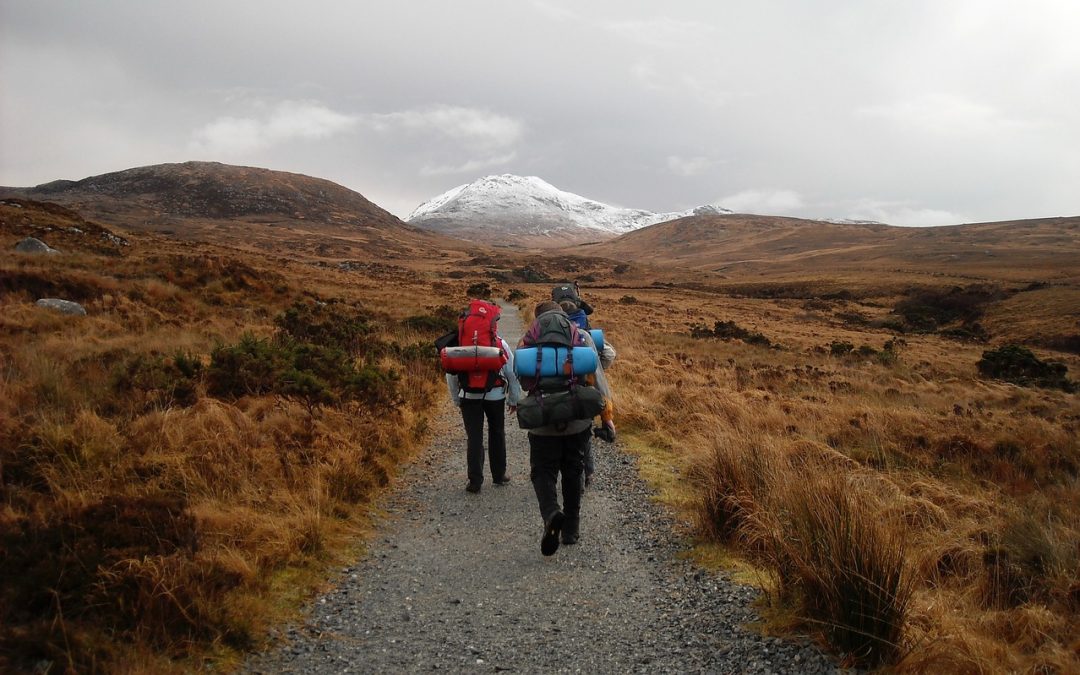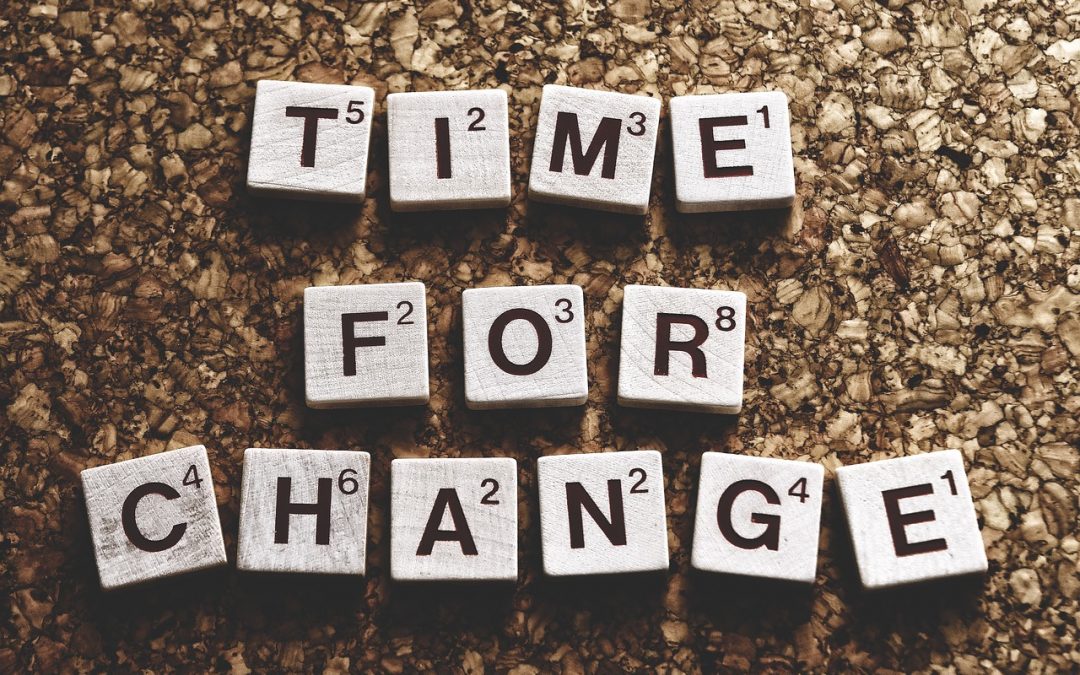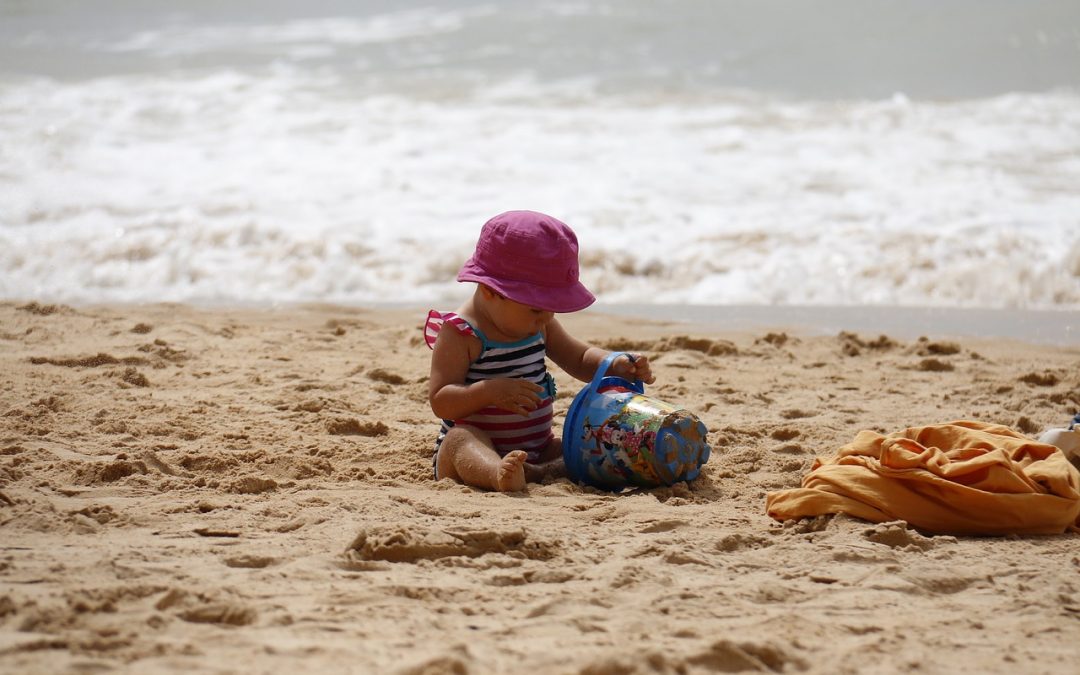
The Hero’s Journey: Finding our Truth
The Hero’s Journey helps people understand their road to self-discovery, mastery and their truth. This road uses universal archetypes as guides along our journey. We are all familiar with these archetypes because they exist in our collective psychological consciousness. We can find them by going inward to our dreams and fantasies or outward by examining myths, legends, art, literature, religion and nature’s creations. At its most basic level, this journey is about finding the treasure of your true self. And it can take a lifetime to learn all there is to learn.
According to Carol Pearson, as written in her book, Awakening the Heros Within, the Hero’s Journey has three distinct stages: Preparation ~ The Journey ~ The Return. Once a journey is completed, the final stage eventually moves back into the first stage so that our life-lessons can be learned at deeper level. At first glance, it may seem to be a circular route, but actually we are on a life-learning spiral! As we evolve, the lessons take on a transcendence – and so do we, if we learn the lessons! It takes courage, strength, determination and brutal honesty to embark upon this Hero’s Journey. But the treasure it provides is ours forever. Of course, we can refuse to go on the Journey, but to do so means risking stagnation and/or deterioration of our health, happiness, relationships, self-esteem and self-worth. For some people, this is all they want. So be it. But for the others …
First Stage: Preparation
During this stage, we must prove our competence, humanity and commitment to high ideals. It is what some would call our Ego development stage. This is where we create our boundaries with the world and learn how we fit into this world. We learn how to be in relationship with others and how to change things in these relationships when it is time to do so. We learn how to survive in this world, become productive citizens and have high moral character.
The archetypes found at this stage include: the Innocent, the Orphan, the Warrior and the Caregiver. In their positive aspects, we can achieve the goals of the Preparation Stage. We have optimism, ability to come together for support, courage to fight for ourselves and others and the compassion needed to care for ourselves and others. If these archetypes are in their negative or shadow states, a person can be hampered in starting their journey. Some of the negative states are: being in a constant state of denial, assuming a victim-role, resorting to being a villain who uses their skills only for personal gains, or a suffering martyr who controls others by using guilt.
Second Stage: The Journey
Once the Preparation Stage has been achieved,we often still feel unsatisfied and wonder, “is this all there is?” or “is this all I really want for myself and my life?” If these niggling thoughts become strong, the choice to take The Journey is easier to make. The Journey comes when we are yearning for something beyond ourselves and we begin looking for something to satisfy our yearning – we can’t name it, but we believe it must exist. Often we feel disconnected, confined, alienated or empty. This stage equates with the Soul – the potential of all we are and all our world can be. In psychology, it equates with the unconscious and connects us with the transpersonal.
The archetypes found at this stage include: the Seeker, the Destroyer, the Lover and the Creator. They help us on the Journey itself as we see our souls and become “real”. We search for our truths, we let go of that which is no longer needed, we have a deeper understanding of love and connection – especially that with ourselves, and we begin to envision the world we want. If these archetypes are in their negative or shadow states, a person can be hampered in completing the Journey. Some of the negative states are: the perfectionist who can’t measure up to an impossible goal they set, any and all self-destructive behaviours or behaviours that destroy others, sexual exploitation for self satisfaction but is devastating to the other person, or someone who starts hundreds of projects but finishes nothing.
Third Stage: The Return
As the insights and gifts from The Journey are realized, we come to understand that we are the Rulers of our kingdoms. As we use our new-found gifts and insights in our personal lives, we begin to see how we have transformed and how our world can follow. The final gifts we receive are those of taking complete responsibility for our lives, transforming and healing ourselves and others, non-attachment and commitment to truth and the ability to be joyous and spontaneous. We become clearer about who we are and why we are here. We understand how and why to renew and replenish on all levels.
The archetypes found at this stage include: the Ruler, the Magician, the Sage and the Fool. These archetypes help us learn how to express our true selves and transform our lives. They take us to our place of freedom and joy. But in their negative or shadow states, even they can disrupt the Return. Some ways they can appear include: the ogre tyrant who controls at any price, the evil sorcerer who takes us down – not up- the spiral, the unfeeling judge who evaluates and criticizes, and the glutton who has no dignity or self-control.
All is well in your world – until one day, you get a feeling of restlessness or discontent that you can’t shake. Perhaps you begin questioning the reasons for why you are doing what you are doing. As we get older and move through the stages of our life, we begin to see life through different eyes. Our experiences and knowledge have grown over time. Perhaps we, too, have outgrown what was once comfortable and safe. The call of the Hero’s Journey can happen at any time to anyone. If you want your kingdom to stay vibrant, the Journey must be taken. It has always been that way and always will be.





Recent Comments